Saudi Arabia to Use Solar Energy for Desalination Plants
New initiative will decrease the country’s reliance on oil for its electrical needs.
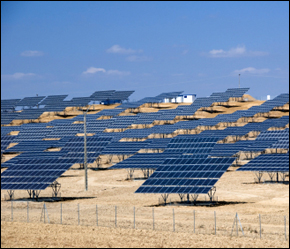
Saudi Arabia’s national science agency announced a new initiative to build solar-powered desalination plants to reduce water and energy costs by 40 percent, Arab News reports.
“Desalination is our strategic choice to supply an adequate amount of drinking water to people across the Kingdom,” said Finance Minister Ibrahim Al-Assaf at the launch ceremony. Different sources estimate that between 50 to 70 percent of the country’s drinking water is desalinated, a process that requires a lot of energy.
Saudi Arabia uses 1.5 million barrels of oil per day at its plants, according to Arab News. But the solar-powered plants will help keep costs down. Prices for desalinated water have been trending upward in Saudi Arabia in recent years, said the Saudi Minister of Water and Electricity, Emirates Business reported.
“There has been no breakthrough in the cost of desalination. The gradual reduction in cost due to improvement in technology has been mostly offset by increased material and labor cost,” said Minister Abdullah Al Hussayen at the International Desalination Association conference in November 2009.
Saudi political leaders hope research from the initiative will position the country as a major producer of renewable energy.
“Saudi Arabia aspires to export as much solar energy in the future as it exports oil now,” said Petroleum and Mineral Resources Minister Ali Al-Naimi.
Research and development will be carried out by King Abdulaziz City for Science and Technology–-the national science agency–-and the King Abdullah University for Science and Technology.
The initiative will be carried out in several stages, and the first plant will be a small, 30,000 cubic meter per day facility in Al-Khafji. In comparison, the Shoaiba 3 project on Saudi Arabia’s west coast is the world’s largest plant, producing 880,000 m3/d .
During the initiative’s second phase, a 100,000 m3/d plant will be built. Eventually a network of plants across the country.
Source: Arab News, Emirates Business
Read more about global desalination trends in Circle of Blue’s report Drinking from the Sea
Brett writes about agriculture, energy, infrastructure, and the politics and economics of water in the United States. He also writes the Federal Water Tap, Circle of Blue’s weekly digest of U.S. government water news. He is the winner of two Society of Environmental Journalists reporting awards, one of the top honors in American environmental journalism: first place for explanatory reporting for a series on septic system pollution in the United States(2016) and third place for beat reporting in a small market (2014). He received the Sierra Club’s Distinguished Service Award in 2018. Brett lives in Seattle, where he hikes the mountains and bakes pies. Contact Brett Walton



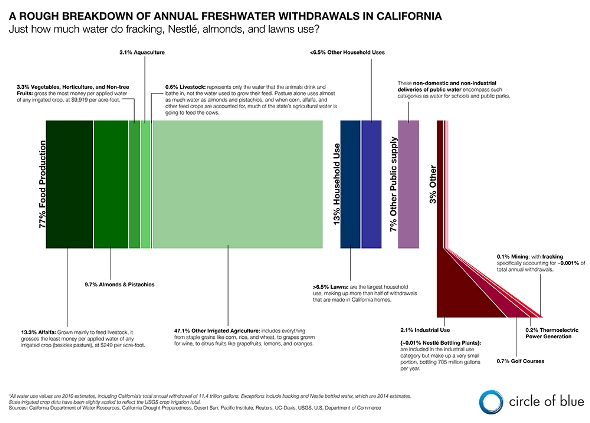

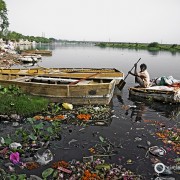
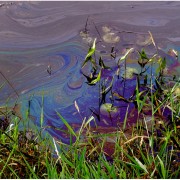


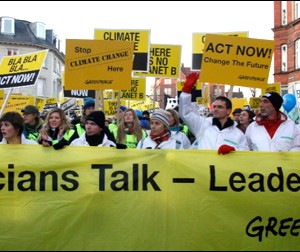
“AUSTRALIA’S largest wind-powered desalination plant is planned for Adelaide’
http://www.news.com.au/adelaidenow/story/0,27574,25151411-2682,00.html
We will on completion support a community of some 250,000 people with this fully sustainable new water project.
One of the waste products from our offer is brine; we are planning use brine to grow algae which in turn we can use in our biodiesel back up engine.
I think it is a step to the right direction. What I cannot understand is that sun-poor countries like Germany are investing a lot of money into solar energy, whereas sun-rich countries like Saudi Arabia, UAE, Kuwait, Oman etc. are still relying on their diminishing oil reserves. They have all the money and unused land to invest in the future energy. Who knows, perhaps today’s OPEC will be tomorrows OEEC.